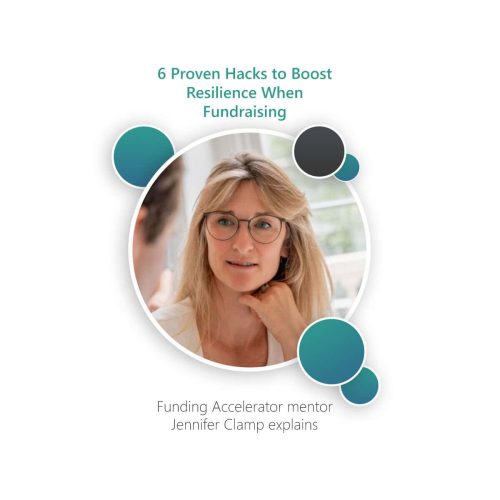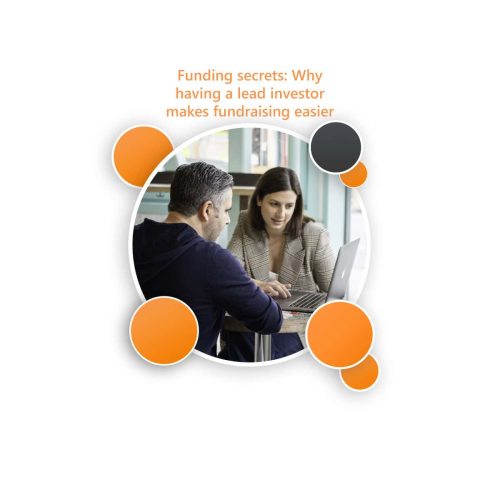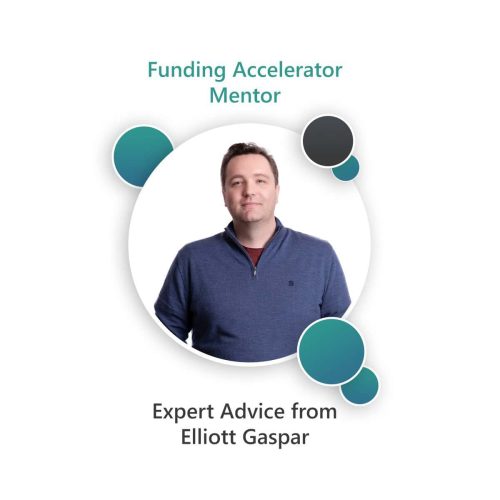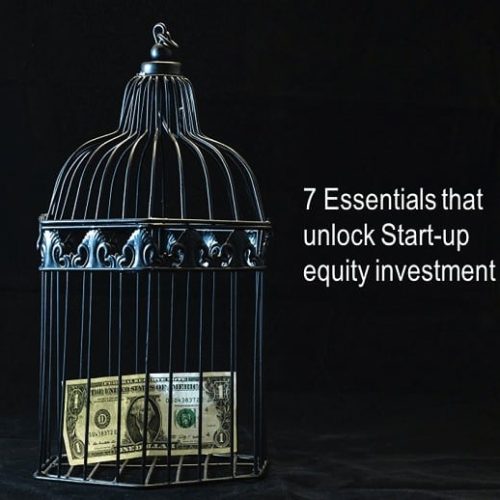As founders we’re told to weave storytelling into our pitch deck, but we are not always told why. Luckily Pitch Coach and Funding Accelerator Mentor, Jennifer Anderson explains why weaving storytelling into your pitch deck helps you attract investors.
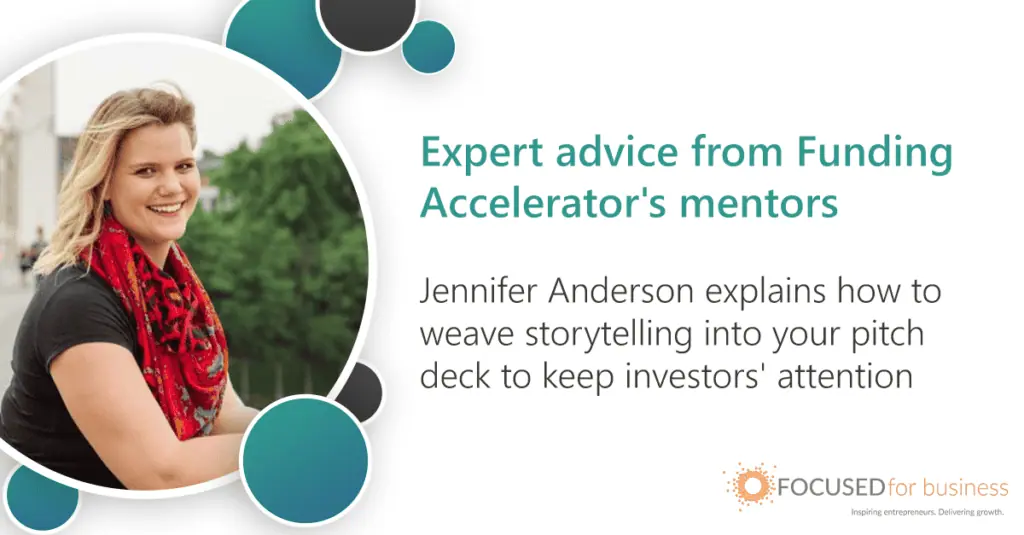
Funding Accelerator Mentor Jennifer Anderson recently joined a group of startup founders preparing a 10 minute presented pitch deck for their Funding Accelerator Pitch Day and explained the science behind pitching.
Faced with factual information, the human brain uses only two parts of the brain to assess information, but when you tell a story you wake up more of the brain and make it easier for investors to process and remember what you tell them. In scientific terms, neuro-coupling is at play and two important chemicals are released – Dopamine which helps people remember information with greater accuracy, and Oxytocin which is the chemical that helps us build relationships and engenders trust. The latter is often called the “cuddle chemical” so its the equivalent of giving your audience a hug! Given the purpose of pitching is to engage an investors attention and interest so that they agree to meet with you, making use of Dopamine and Oxytocin makes good sense!
Having established the science, Jennifer was full of helpful, practical suggestions for building a pitch deck.
Start drafting your pitch deck by stepping away from your computer
In order to develop the structure and narrative for you pitch, Jennifer recommends grabbing some sticky post-it notes and stepping away from your computer. Start to story board your pitch by putting one word that sums up the content you want on that slide on the post-it and lay the post-its out in your proposed order. Having done this, start speaking your pitch as if you were talking to a friend, and record yourself in the process. This really helps you get the narrative flow right, ensuring there are no jumps, tangents or hand-break turns! By recording it you can listen again and again and re-organise your post-its to get the story right.
Once you have the narrative flow in place, it becomes a lot easier to work on the content for each slide – but keep it short and sweet. Jennifer recommends no more than three points per slide and encourages the use of images, or just a few words, to ensure people listen to what you have to say, rather than being distracted by reading your pitch. If you use images make sure they are directly relevant to what you are saying.
Bring your customer to life through storytelling in your pitch deck
A critical success factor of any pitch – presented or written – is showing you understanding your customer. Not just who they are (location, age) but what their situation or experience is. This is can be done by describing – or even telling a story about – the problem your customer faces. After all, if you can’t explain your customer’s problems how are you going to demonstrate your product or service offers the right solution to the problem?
Jennifer encourages startups to introduce each customer group by creating customer avatars, or different, indicative customer profiles. Fictional in nature, but based on observed behaviours, these showcases the customer’s current experience and behaviour around the problem area. You can even introduce how customers currently try to solve the problem they face. Giving each customer avatar a name and an image really helps bring your avatars to life.
Interesting, Jennifer recommends using Chap GPT and creating a series of prompts that ask questions to help you understand – and introduce – your customer. A handy tip if you find it difficult to describe your customer!
Having described your customer and the problems they face, it’s then easy to continue the narrative flow by showing how your product/service solves these problems. You can also introduce your competition by explaining how your customers currently try to solve the problems faced, and you can use market size information to show how many potential customers there are.
Mini biographies can showcase your team’s experience and improve your pitch deck
Storytelling is also a helpful way to introduce your team to investors. So many pitch decks just provide the name of each team member and their job title, but what investors really want to know is the relevant experience and sector knowledge that each team member has. They want to see each team member is well placed to deliver results in the business. A short biography that highlights each team member’s career to date – and pulls out achievements which, if repeated in your company, would deliver real value – will have investors chomping at the bit to meet your team.
Weaving storytelling into your pitch is not so much a nice to have, it seems, as an absolute essential! Not only does storytelling make it easy to show you understand your customers and that you have the right team to deliver, but storytelling also makes it easier for investors to remember what you tell them! In a competitive funding environment, that could give you the advantage you’ve been looking for.
Is your startup ready for equity investment?
Find out how attractive your business is to investors by answering 20 quick questions




